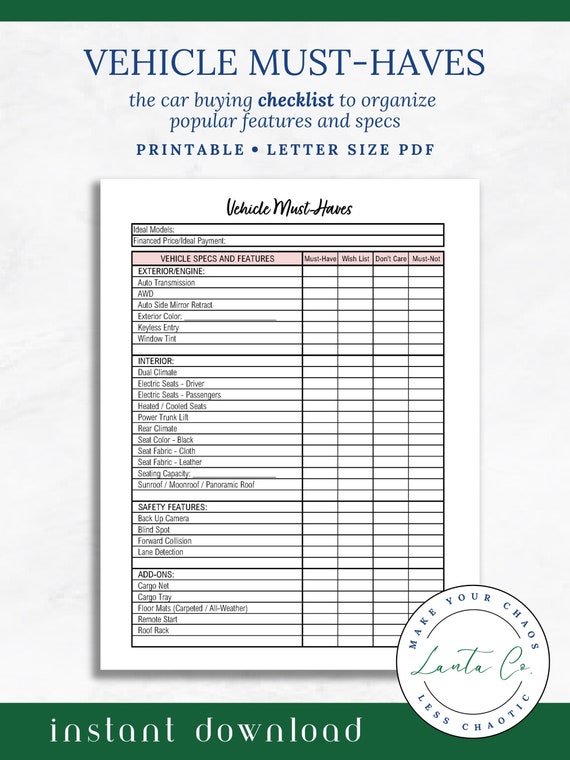News Blast Hub
Stay updated with the latest news and insights.
Don't Get Taken for a Ride: A Savvy Shopper's Playbook
Uncover shopping secrets and savvy tips to outsmart retailers and snag the best deals. Don't get scammed—shop like a pro!
The Ultimate Guide to Recognizing Retail Tricks: Inside the Mind of a Marketer
In today's competitive retail landscape, recognizing common retail tricks is essential for consumers who want to make informed purchasing decisions. Marketers employ various psychological strategies to manipulate shopping behaviors, often without shoppers even realizing it. For instance, scarcity tactics, such as limited-time offers or low stock notifications, can induce a fear of missing out (FOMO), urging customers to rush their buying decisions. Similarly, using anchoring techniques, where a higher-priced item is presented next to a more reasonably priced option, can make the latter seem like a better deal, even if it wouldn’t be a preferred choice otherwise.
Moreover, store layout plays a crucial role in how marketers influence shopping behavior. Retailers often design their stores to encourage impulse buys; for example, placing essential items at the back forces customers to traverse the aisles and inevitably encounter additional products they may not have planned to buy. End caps, which are the displays at the end of aisles, are also strategic hotspots for featured items, often catering to seasonal promotions or trending products. Recognizing these tactics is key for shoppers who want to stay mindful of their spending habits while navigating the robust world of retail marketing.

Top 10 Effective Strategies for Negotiating Better Prices
Negotiating better prices is a crucial skill in both personal and professional settings. To get started, it’s important to conduct thorough research on the market value of the items or services you're negotiating for. Understanding current trends and prices empowers you to make informed offers. Additionally, building rapport with the other party can create a positive negotiating environment. This means establishing trust and understanding, which can lead to more favorable outcomes.
Another effective strategy is to use the power of silence. After you make your offer, be quiet and allow the other party to respond without pressure. Silence can prompt them to fill the void with concessions or additional offers. Another tactic is to be prepared to walk away; this shows you're serious about getting the best price and not afraid to explore other options if necessary. Lastly, always be willing to compromise, finding a middle ground can often lead to a deal that satisfies both parties.
Are You Paying Too Much? Common Shopper Pitfalls and How to Avoid Them
In the competitive world of retail, it’s easy for shoppers to fall into common pitfalls that can lead to overspending. One major issue is impulse buying, which often occurs when consumers are lured by flashy advertisements or limited-time offers. To avoid this, create a shopping list before heading out and stick to it diligently. Additionally, consider setting a budget for yourself that accounts for necessary purchases, while keeping a small reserve for any 'just-in-case' items. This will not only help maintain control over your spending but also promote mindful shopping.
Another common trap is the buying in bulk mentality, which often leads shoppers to acquire items they may not actually need or use. While bulk deals can indeed save you money, it’s important to evaluate whether buying large quantities is truly beneficial. A helpful tip is to ask yourself if the item can be used before its expiration date or if there’s a real need for it in the household. Additionally, take advantage of sales and compare prices across different retailers to ensure you’re getting the best deal before committing to a larger purchase.